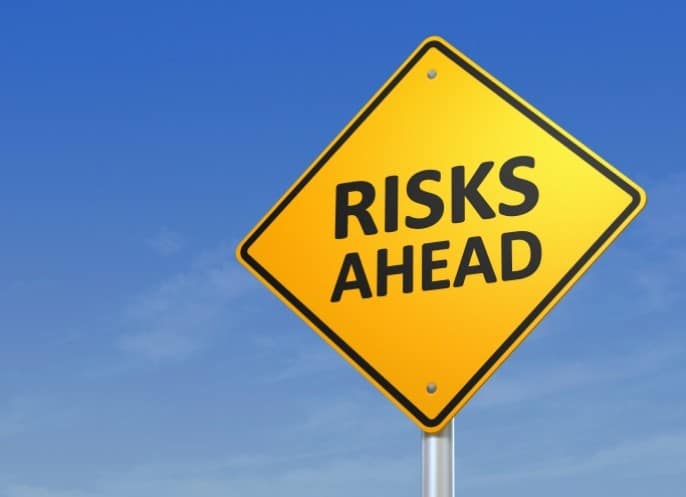Updated Feb. 2022
"The emphasis on personal injury and lost work-time data obscures the bigger picture:
that companies need to develop indicators that give them realistic information about their potential for catastrophic accidents. How safety is measured and managed is at the very core of accident prevention. If companies are not measuring safety performance effectively and using those data to continuously improve, they will likely be left in the dark about their safety risks.” ~Cheryl Mackenzie, investigator with the Chemical Safety Board
Ms. Mackenzie was referring to the BP Gulf Blowout accident of 2010.
Her sentiment could be aptly broadcast across the electrical industry as well: are employers assessing their workplaces, providing training for employees, evaluating workers’ skills, and buying appropriate PPE?
Each employer must decide the risks of electrical injury in their facility. This includes the risks associated with electrical equipment in general and their employees’ behaviors and work practices.
Are proper boundaries set up to protect those not qualified to work on exposed electrical equipment? Are the electricians wearing the appropriate PPE within the established boundaries? Is the equipment arc rated? Have the maximum short-circuit current concerns been addressed in the design and installation process of the equipment? Are the qualified workers evaluated to find out if their work behaviors are conducive to a safe work environment?
These are questions companies must answer for themselves. OSHA requires that employers must do their best to keep their employees safe. NFPA 70E® and CSA Z462 act as a guide to keep employees safe around electrical hazards. The next logical step in the equation is for employers to step up and asses the risks. They then must provide the necessary training and equipment to their employees so that they can work safely.
There are no absolutes and no guarantees in safety.
Human behavior can be erratic, and sometimes accidents happen that cannot be foreseen. Ultimately, each individual is responsible for his or her safety at work. But when equipped with both appropriate, up-to-date training and the proper PPE, and then exercising the mentality of keeping safety in the forefront, each worker’s chances of going home at the end of the day in one piece drastically improves.
See e-Hazard's current training schedule:
e-Hazard Electrical Safety Cycle™
Our e-Hazard Safety Cycle™ can be applied across all aspects of electrical safety and offers a complete picture to help companies understand how to grow and maintain their electrical safety program. Be sure to read all the articles on the e-Hazard Safety Cycle™ on our website.


Hello Ken,
Thank you!
These real-life scenarios found in your written articles should be read by all EPC, Switchgear/Equipment makers and their contractors. The cost of human lives can never be replaced but could be prevented by putting in safety measure first.
Best Regards,
Bryan
Thanks, Bryan, for your input. I totally agree that all involved should keep themselves up-to-date on the latest scenarios world-wide. I just completed a 3-week training event in the Middle East, and some of the stories I heard on electrical incidents were at best disturbing. We have a long way to go in improving electrical work practices, design, and installations. We must continue to look toward best-in-practice ideas and share these world-wide. As long as injuries and fatalities continue, we are by no means able to relax or back down!